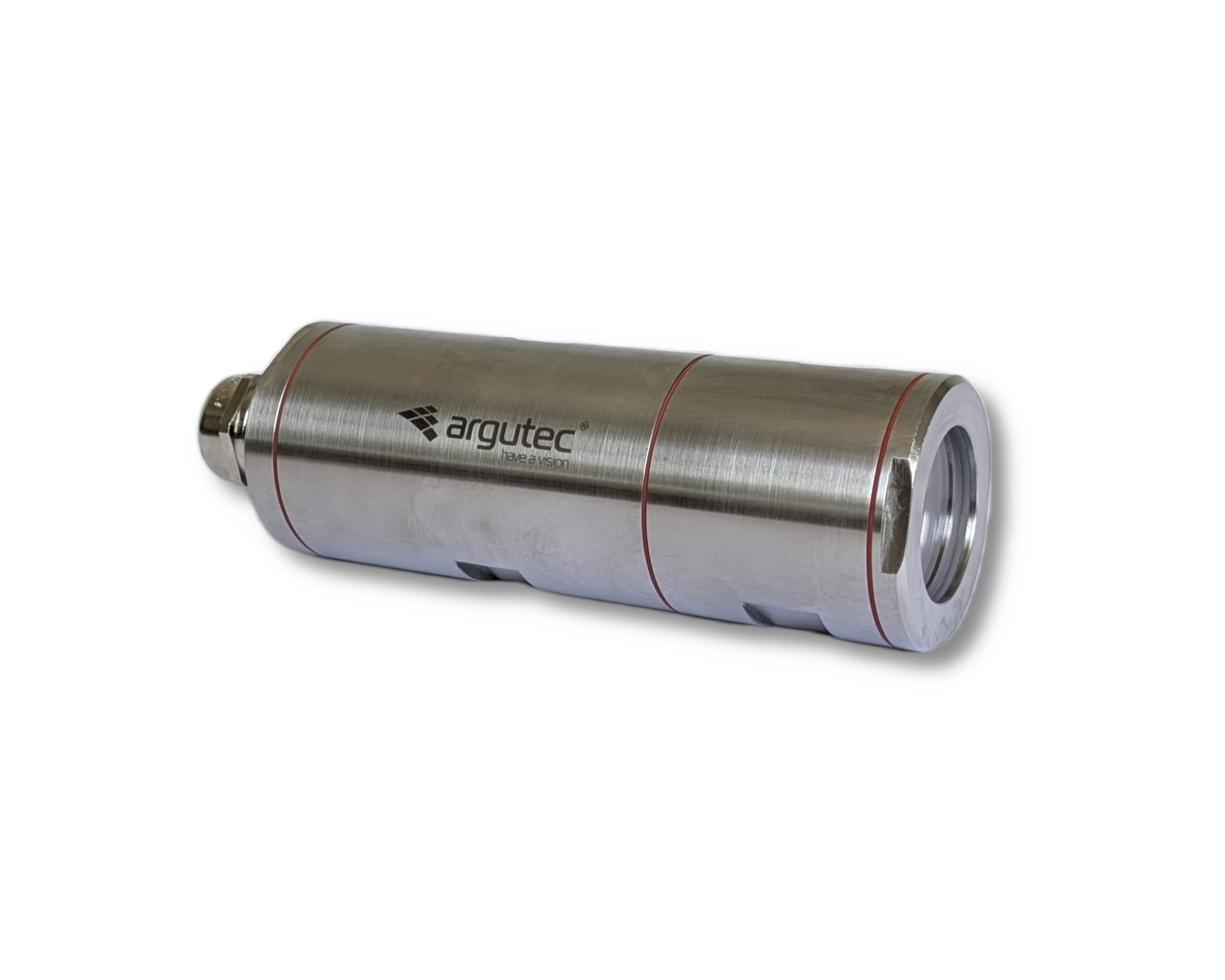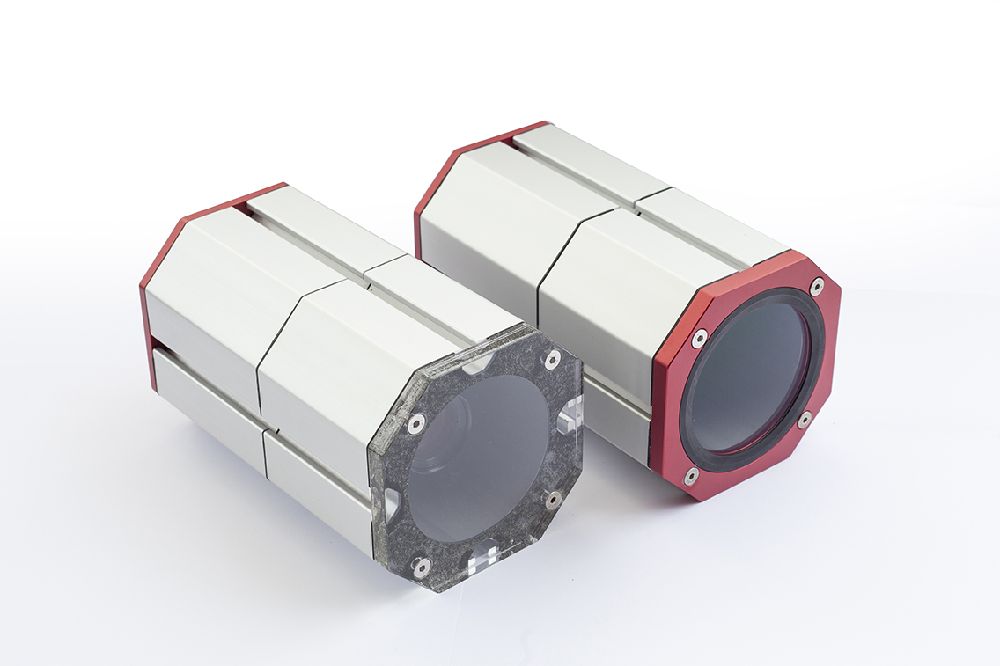Durability, strength and optical properties are the key factors that influence the choice of material for industrial camera housings. The materials chosen affect the life of the lens and the image captured. At Argutec, we manufacture enclosures in stainless steel or aluminium, and the lens visor is most often made with borosilicate glass or plexiglass. What are the suitable materials for different industries? Are there any specifics of a given material that you should not underestimate? We will be happy to advise you!
First, let's take a look at the basic information that is needed before we select the most suitable cover together.
The most important parameters are:
- Operating conditions. Will it be exposed to high temperatures, humidity, chemicals or risk of mechanical damage?
- Weight: Is low weight important or does it not matter?
Appearance: What is the appearance of the housing? Are there specific shape requirements? - Visor size: How large a visor do you need?
- Cost: What is your budget?
All materials have their advantages and disadvantages and the right choice depends on the specific requirements of the application. If you are unsure, please do not hesitate to contact us and we will be happy to help.
Aluminium
Our best-selling anodised aluminium covers are lightweight, easy to handle and ideal for applications where light weight is key, such as mobile applications. The anodising provides the option of different colour options and also prevents premature oxidation. They rank among the perfect thermal conductors, ensuring better heat dissipation from the camera and cooling of the lens. For larger orders, we also provide individual customisation options for aluminium housings as part of a personal consultation. This does not have to be just a colour adjustment, but there is the possibility of further atypical customisations.
.jpg)
Example of classic aluminium industrial enclosures with borosilicate visor
Stainless steel
We also offer stainless steel housing. This is resistant to corrosion, high temperatures and mechanical damage, making it ideal for industries with extreme conditions, even in hygienically demanding environments or chemically aggressive plants. The IP68 rating with 5 bar pressure resistance guarantees protection against dust and water. The disadvantages of stainless steel include higher weight and higher purchase price.

Stainless steel housing
Borosilicate glass
Vizor with borosilicate glass is suitable for cameras in harsh industrial environments. The glass excels in extreme resistance to temperature shocks. It can withstand temperatures up to almost 80°C, while being resistant to most chemicals, which is advantageous in corrosive environments. High optical clarity ensures minimal image distortion. Its hardness makes it more scratch resistant, but it can still crack on impact.
Plexiglas
Plexiglas is used for visors in places where the use of glass and borosilicate is prohibited, for example in food processing. However, it is not resistant to environments with temperatures above 60 °C. Plexiglas is lighter than borosilicate. It can be easily shaped and polished, allowing different shapes and sizes of visor to be created. For example, by attaching it without a frame directly to the body of the housing, thus enlarging the aperture (e.g. for wide-angle cameras). Rapid temperature changes, extreme temperatures or aggressive alcohol cleaners can damage or crack the glass.

Examples of visors for aluminium covers
Germanium
A specific type of glass is germanium. Due to its properties it is designed for cameras operating in the infrared spectrum with wavelengths above 2µm. It thus allows long-wave thermal cameras to function properly. It is highly scratch resistant, but also very expensive.
To select the right combination of materials for your specific operation, it is always advisable to consult our experts who can create a tailor-made offer for your needs.


